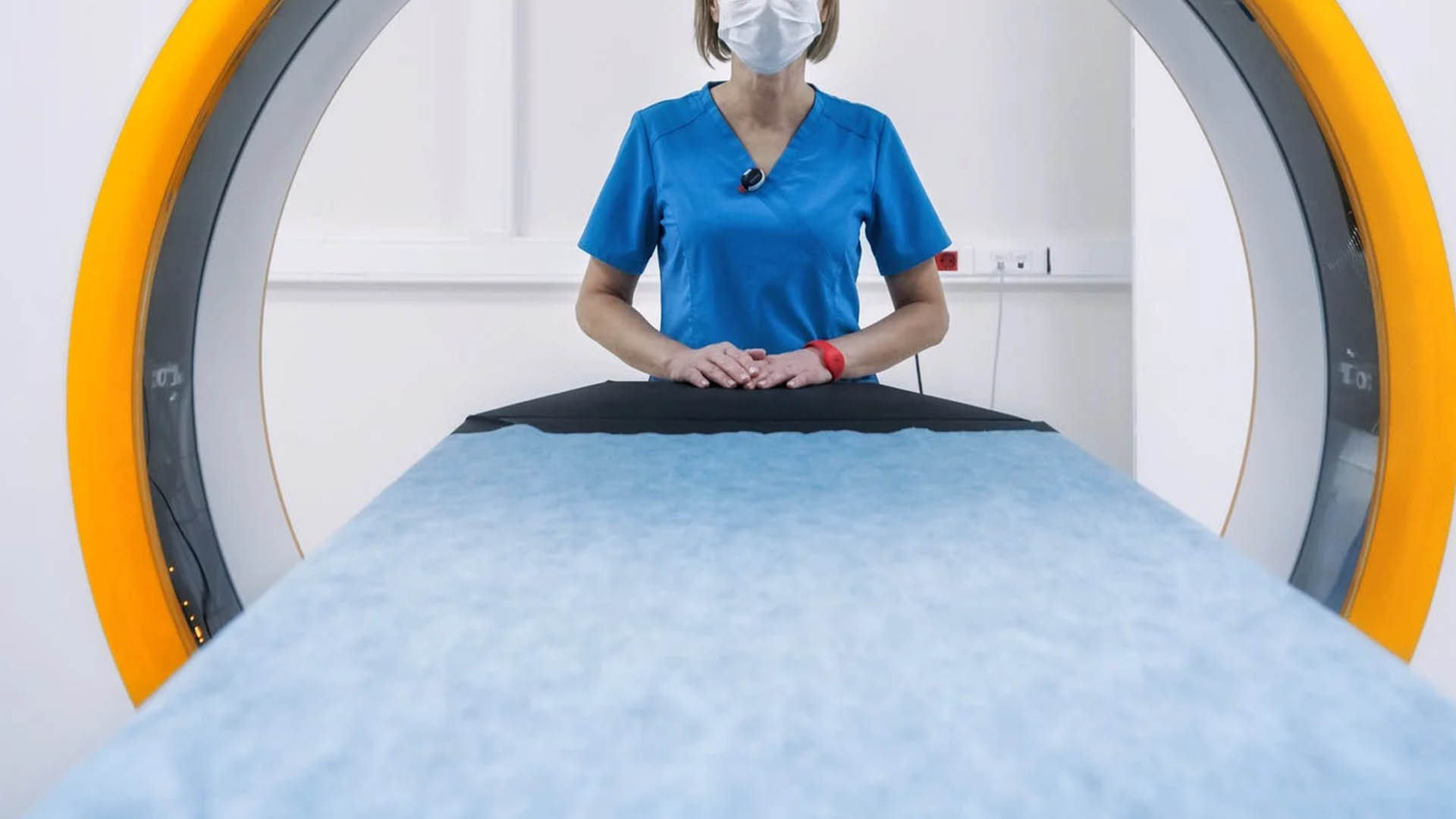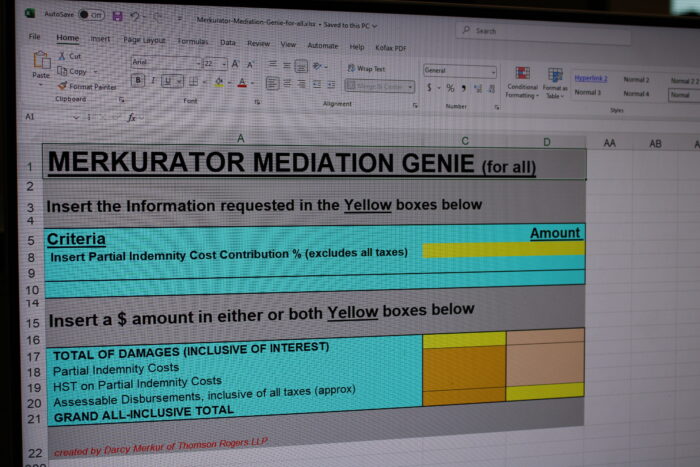Unconscionable brain injury accident benefit delays
Author(s): Darcy R. Merkur
May 14, 2022


Life is hard enough for somebody sustaining a serious brain injury in a car accident. The last thing they need is to have limited access to treatment and care because of our broken no-fault accident benefit system.
Unfortunately, the current legislation applicable to Ontario car accident victims impedes access to benefits by those who have suffered life-changing brain injuries. These days, it often takes even the best personal injury lawyers 3 years after an accident to obtain a catastrophic brain injury designation.
History of Brain Injury Accident Benefits in Ontario
Prior to June of 2016, Ontario accident benefits legislation allowed those suffering significant brain injuries in car accidents to immediately access a “catastrophic impairment” designation and to access what was then the $2 million in available medical, rehabilitation and attendant care benefits.
The pre-June 2016 legislation relied on the Glasgow Coma Scale, a test administered by ambulance attendants following any serious car accident. If somebody was distraught or unconscious following a car accident, then they would automatically qualify for the catastrophic impairment designation and would have access to enhanced accident benefits, if needed.
In June 2016, the definition of catastrophic impairment was changed to something not immediately available to brain injury claimants, while at the same time, the benefit limits were inappropriately cut in half.
Currently, to qualify for a catastrophic impairment designation on the basis of a brain injury, one must have ‘objective’ proof of a brain injury by way of brain imaging. This prerequisite condition is controversial and problematic as what imaging qualifies as acceptable has resulted in ongoing debate. And many brain injury victims, especially in more remote communities, do not have access to timely comprehensive brain imaging following a serious accident.
Once you get past the brain imaging hurdle, then the Glasgow Outcome Scale – Extended test is administered six months post-accident to assess the claimant’s level of independence. One standard applies at the six-month mark post-accident, and a lower standard applies twelve months post-accident.
Notoriously, there is disagreement between claimants and their insurers over whether the requisite standard has been met and because the standard changes over time, the assessments often need to be repeated at a later date to see if a formal dispute can be avoided.
Timeline for pushing for a brain injury catastrophic impairment designation
From a timeline perspective, even the best personal injury lawyers in Ontario are faced with the following offensive timeline in relation to a potential brain injury catastrophic impairment claim:
- Have the brain injury claimant assessed six months post-accident with reports typically generated eight months post-accident;
- Where appropriate, the catastrophic impairment certificate is then submitted at the eight-month mark post-accident based on the six-month test results. Undoubtedly (almost every time without an exception), the insurer will set up insurer examinations in response;
- The insurer examinations would proceed around the nine-month post-accident mark, with reports generated at roughly the eleventh-month post-accident mark. Where the insurer examination report denies the designation (which is more often than not the case), then the insurer denies the designation;
- While the Plaintiff’s personal injury lawyer could file a dispute regarding the catastrophic impairment denial right then, at the eleven-month mark, the process to have that issue resolved with the Licence Appeal Tribunal (the LAT) is well over a one-year long process. This means that even if they go that route, the earliest an outcome would be reached would be around the two-year mark, without allocating what is often six months for the arbitrator’s decision after the dispute is heard. This translates to a decision that may only be known at around the 2½ year mark;
- Instead of filing a formal dispute before the one-year mark, the trauma lawyer representing the accident victim would be wise to have the brain injury claimant re-assessed at the twelve-month mark post-accident to see if the assessors accept that the claimant meets the lower standard that applies at that time. Reports associated with those assessments immediately following the twelve-month mark would be available fourteen months after the accident;
- The insurer would then receive any new catastrophic impairment designation certificate submitted and would again have insurer assessments set up in response. Those assessments would be arranged fifteen months post-accident, with reports generated seventeen months post-accident. Where the reports deny the designated, then the claimant must file a dispute; and,
- The personal injury lawyer representing the claimant would then file a dispute right at the seventeen-month mark and get to a hearing close to three years after the accident, with a decision anticipated three and a half years post-accident.
The problem with the current brain injury accident benefit legislation
The timeline above illustrates the problem.
Where the accident benefit insurer challenges whether or not the brain injury claimant qualifies as having suffered a “catastrophic impairment,” even the top personal injury lawyers in Ontario are facing a three year process to obtain the catastrophic impairment designation.
What in the world does the brain injury claimant and their family do in the meantime?
There is only $65,000 in benefits available until the catastrophic impairment designation is obtained, and that amount would be exhausted in most cases in the first year post-accident. For the remaining two years, the brain injury claimant and their family are in a horrible position.
Plaintiff’s counsel will take steps to push responsible tort Defendants (where a lawsuit is available) to make an advance payment, and that often provides a short term solution.
More often than not, however, the Plaintiff’s personal injury lawyer has to seek instructions form their client to have providers work on a “protected” basis – meaning providers will work on a “to be paid later” basis when and if the case is successfully resolved.
That “protected account” approach has its problems in that the debts accumulate and cause undue stress to the claimant and make it difficult for the practitioner to continue to provide the full level of services truly required.
In many circumstances, such as where a lawsuit isn’t available, providers cannot agree to work on a protected basis to any great extent as they may never be paid for assisting.
The current state of the brain injury accident benefits system
The system is broken.
Brain injury claimants should not have to wait three years to know whether or not their accident benefits insurer has obligations to them above the modest $65,000 otherwise available in accident benefits. The process needs to be simplified.
The dispute process needs to be fixed (and the benefit limits restored and adjusted for inflation). Hiring more arbitrators does not solve the problem. The problem is the system itself and the definition of moving target brain injury.
A simplified brain injury test, like the Glasgow Coma Scale test, should be added to the current definition to ensure access to benefits in a timely way. Justice delayed is justice denied.
Book a free, no-obligation consultation to discuss your accident, your legal options and how to get the treatment, care and results you deserve.
Darcy Merkur is a highly regarded Ontario trauma lawyer helping accident victims such as pedestrians, cyclists and motorists who have sustained catastrophic injuries.
Darcy is the first lawyer in Canada to be qualified as a Certified Brain Injury Specialist by the Brain Injury Association of America. In addition, Darcy has been recognized as a Certified Specialist in Civil Litigation by the Law Society of Ontario, is listed in peer-reviewed publications – Lexpert® and The Best Lawyers™ in Canada, is ranked AV Preeminent® in Martindale-Hubbell ® and is a partner at Thomson Rogers, one of Ontario’s Top 10 Personal Injury Law Firms as selected by Canadian Lawyer Magazine, and ranked one of the Best Law Firms in Canada by The Globe and Mail.
Darcy can be reached at 416-868-3176 or by EMAIL.
For Thomson Rogers updates, please subscribe to our email list here.
Share this






